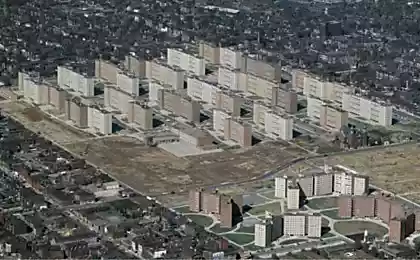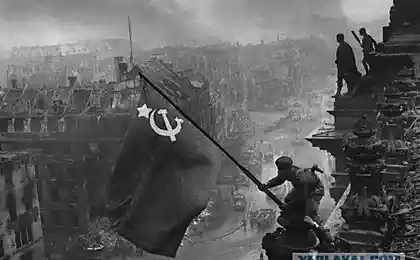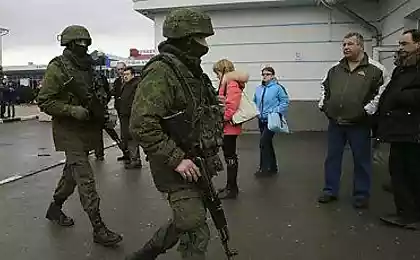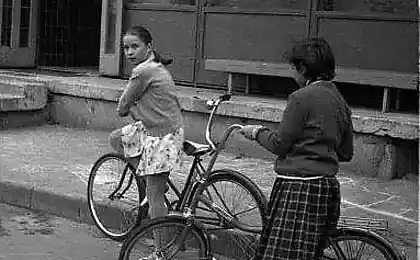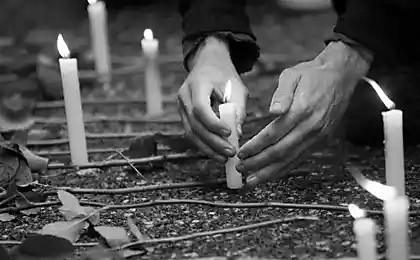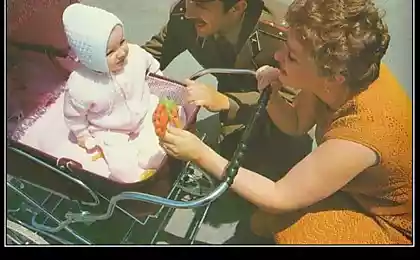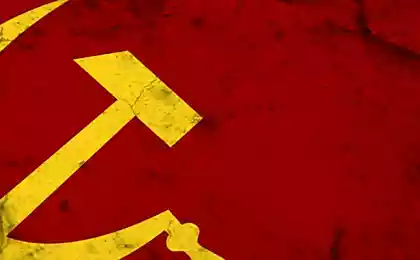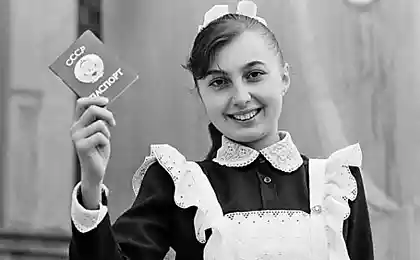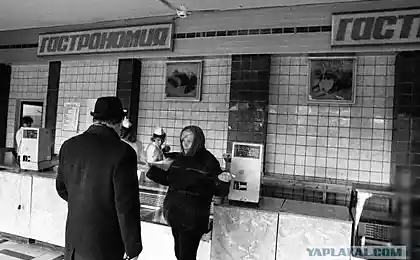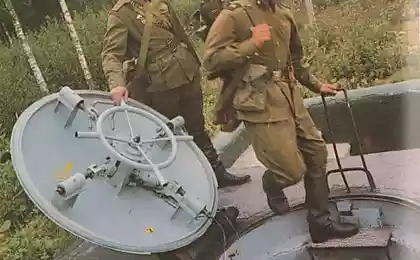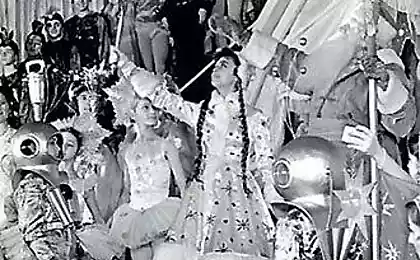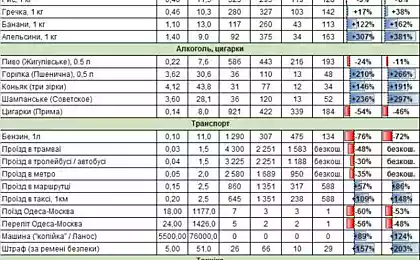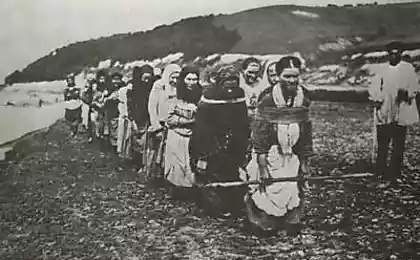182
Why were Soviet farmers not given passports until the 1970s?
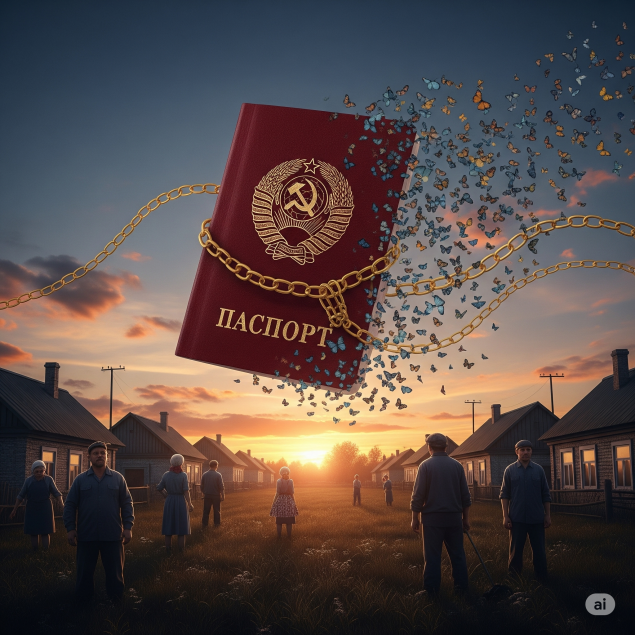
Why were Soviet farmers not given passports until the 1970s?
The story that has long been silenced: how millions of Soviet citizens were tied to the ground without the right to free movement
When we talk about freedom of movement, we rarely think about the fact that even half a century ago millions of people in the Soviet Union were deprived of this basic right. The absence of passports from collective farmers was one of the most controversial pages of Soviet history, which makes us rethink our understanding of social justice in the USSR.
Historical background: why the passport system arose
In 1932, the Soviet Union introduced the passport system, but this innovation did not affect all citizens. Passports were received by residents of cities, workers' settlements and state farms, but collective farmers - the bulk of the rural population - were left without these documents. The decision was not made by accident.
Key fact: According to the 1939 census, about 114 million people in the USSR lived in rural areas, and most of them did not have passports. This represented more than half of the total population of the country.
The Soviet leadership faced a serious problem: rapid industrialization required workers in the cities, but at the same time it was necessary to provide agriculture with sufficient labor. The passport system has become a tool for regulating migration flows.
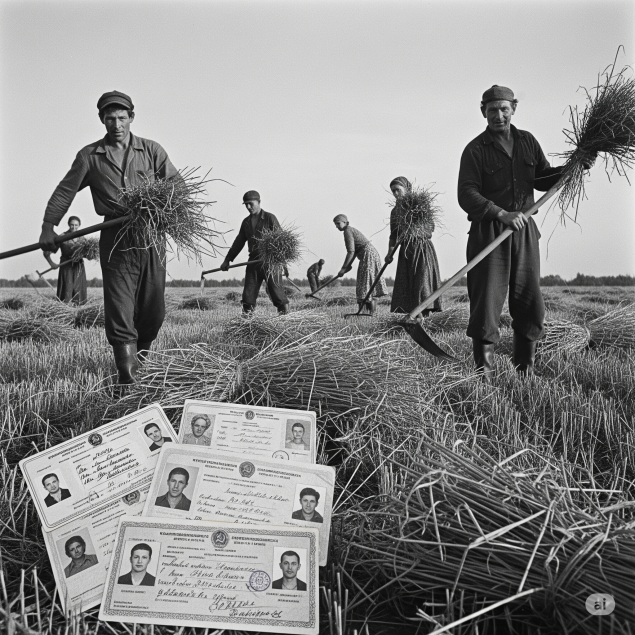
Restriction mechanism: how the system without passports worked
The lack of a passport meant it was practically impossible to leave the collective farm. For any trips, certificates were required from the chairman of the kolkhoz, and it was extremely difficult to get a job in the city without a passport. The system created a vicious circle: no passport – no opportunity to leave, no opportunity to leave – no passport.
1932: Introduction of the passport system for the urban population
1940s: Strengthened control of rural movement
1953: The first relief after the death of Stalin
1974: The final abolition of restrictions on the issuance of passports to collective farmers
Practical consequences for ordinary people
The real life of the farmers was full of limitations. Young people could not enter institutions in other cities without special permits. The families were separated when one of the spouses got a job in the city. Talented specialists remained to work in agriculture not by vocation, but by coercion.
Historical example: In the 1950s, to enter a Moscow university, a graduate of a rural school was required not only to pass exams, but also to obtain a description from the party organization of the collective farm, a certificate that his departure would not cause damage to the economy, and the personal permission of the chairman.
Comparison with serfdom: where the truth, and where the myth
The question of whether the lack of passports of kolkhoz farmers can be considered a continuation of serfdom requires careful analysis. Formally, serfdom was abolished in 1861, but some of its elements did resemble Soviet restrictions.

Similarities and differences
The similarities were obvious: restriction of freedom of movement, binding to the land, dependence on the decisions of the “owner” (landlord or chairman of the collective farm). However, the differences are also significant: the collective farmers were not formally property, received education, and had social guarantees.
Historian Viktor Danilov noted that the Soviet system created a “new serfdom”, but within the framework of socialist ideology.
Gradual Liberation: The Path to Certification
The process of granting passports to kolkhoz farmers began not in one day. After Stalin's death in 1953, the system gradually liberalized. First, passports were issued to collective farmers working in industry, then to those who entered educational institutions.
The turning point of the 1960s
In the 1960s, it became apparent that restrictions were hampering economic development. The shortage of workers in the cities, the outflow of young people from the village by illegal means, international pressure – all this forced the Soviet leadership to reconsider its policy.
Turning point: In 1974, the resolution “On issuing passports to citizens of the USSR living in rural areas” was adopted, which finally eliminated passport restrictions for collective farmers.
Practical recommendations for studying the topic
For those who want to learn more about this topic, it is recommended:
Research approach: Study not only official documents, but also memoirs, letters, diaries of people of that time. The memories of those who lived in transition are especially valuable.
Regional features: The situation in different regions of the USSR differed. In some republics, restrictions were less stringent, in others more severe.
Archival sources: Many documents on the subject were only declassified in the 1990s. State archives contain rich material for research.
Influence on Modern Russia
The effects of the passport system are still being felt. Many of the social and economic problems of the modern Russian countryside have their roots in the Soviet policy of limiting the mobility of the rural population. Understanding this history helps to better analyze modern migration processes.
Modern parallel: The registration system in modern Russia, although much more liberal than the Soviet system, still creates certain barriers to the free movement of citizens, especially in obtaining social services.
Conclusion: lessons from history
The history of passports for collective farmers demonstrates how administrative measures can dramatically affect the lives of millions of people. It is a reminder of the importance of basic civil rights and how easily they can be curtailed under the pretext of state necessity.
Today, when we take freedom of movement for granted, it is important to remember that this right was not given easily and requires constant protection. The history of the Soviet collective farmers is a lesson about the cost of social experiments and the importance of individual freedoms in any society.
Glossary
The collective farm is a form of agricultural cooperation in the USSR based on the socialization of the means of production and collective labor.
The passport system is a system of accounting and control over the movement of citizens, introduced in the USSR in 1932.
Sovkhoz is a Soviet economy, a state agricultural enterprise in the USSR, whose employees received a fixed salary.
The registration system of citizens at the place of residence, which existed in the USSR and preserved in a modified form in modern Russia.
Industrialization is the process of creating large-scale industry, carried out in the USSR in the 1930s at an accelerated pace.
Serfdom is a form of dependence of peasants on landowners, in which peasants were attached to the land and could not freely dispose of their person and property.
What will happen if you connect with your Soul: Pros and cons (with a bit of humor)
How to recognize someone who will betray even after many years of happy life
